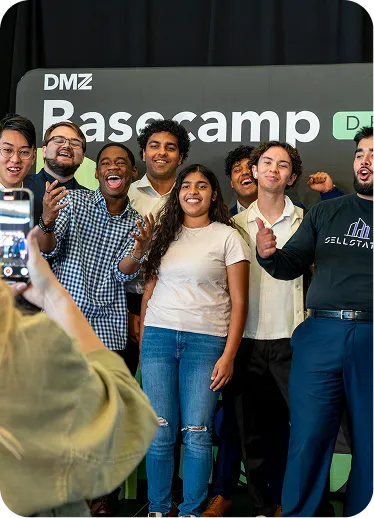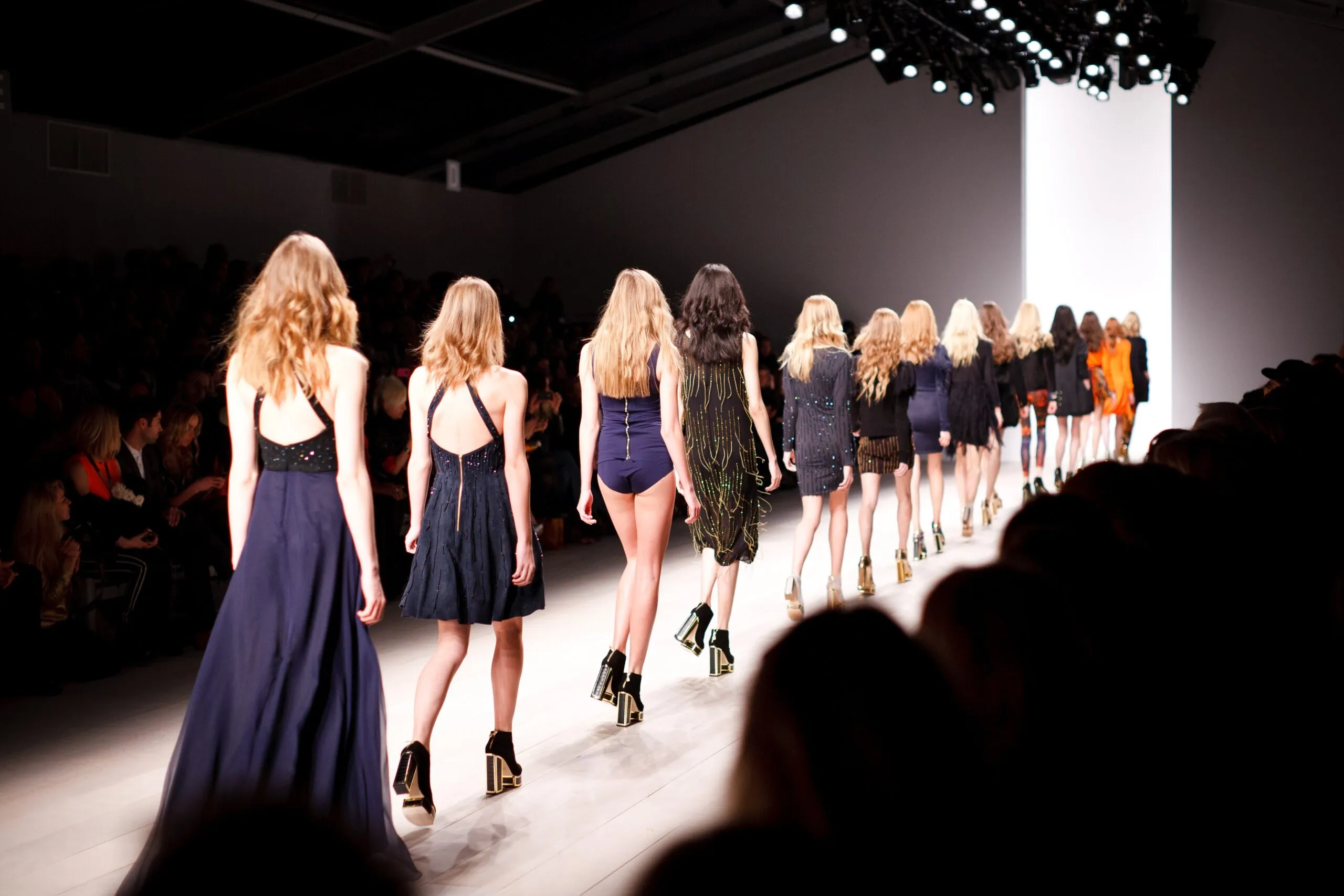Their names are Apple, Google and Amazon.
These household names bring in millions of revenue dollars every year and sell a wide-range of products: Everything from high-end plasma TVs to smartwatches. Each company offers up a variety of goods, but they all have one thing in common: They're hellbent on using technology to disrupt the fashion industry.
In the future, companies that manage to merge the best of fashion and tech stand to reap the biggest rewards in an industry worth trillions.
A recent McKinsey report found the fashion sector was expected to reach a high of $2.4 trillion in 2016. If it was a country, that would place it in the top 10 economies in the world based on its GDP alone. It also found fashion companies that incorporated emerging technology into their work were more likely to beat out their competition and see the biggest gains in the future. "The winners of 2017 will probably be those companies that invest in the right technology to help them understand and serve their consumers and tap into their currently unmet needs."
The future is now
Popular fashion may have been slow to fully embrace the tech trend, but that's not the case anymore. Even Hollywood's glitterati -- today's quote-unquote fashion gatekeepers -- are committed to a fashionable tech-infused future with its annual Met Gala.
High-end designers are also taking advantage of wearable technology to boost their brand. Last year designer Rebecca Minkoff took a gamble when she created a line of wifi-connected handbags and introduced smart mirrors into her standalone stores. The idea paid off. Her store saw a 200 per cent increase in sales and her purses sold out.
When asked about the decision to make her namesake label more tech-savvy Minkoff scoffed. A growing appetite for fashionable technology made the idea a no-brainer, she said. The key to success for her team was creating designs that fix problems and are fashionable.
"It starts with authenticity. We discovered the pain point of our consumer and tried to use those to pain points for designing our wearables," she told Fortune magazine last year. "I think tech for tech's sake is like 'oooh, that's flashy and looks cool' but I don't know how it helps me or solves a problem. I think our approach is always about solving a problem."
What's next
Still, blending the two worlds isn't always easy. Smaller labels and fashion stores might not have the money to invest in new, groundbreaking technology. That's where partnerships can help. They provide a comfortable middle ground for designers.
For example, American designer Misha Nonoo skipped fashion week altogether when she debuted her line with Snapchat. Other ways include using technology to give consumers more shopping choices. Big labels like Burberry are using that idea to switch up their supply chain efficiency to employ a 'see now, buy now' strategy. The model lets shoppers watch runway shows and then order those same outfits in real time. No more waiting. No more delays.
Fortune telling and trendsetting has never been a precise art. It's impossible to ever truly discern how the world will change, but mostexpertsagree that technology will play a major part in the near future. Tomorrow's fashion leaders will likely be those that embrace today's new technology.


.webp)




